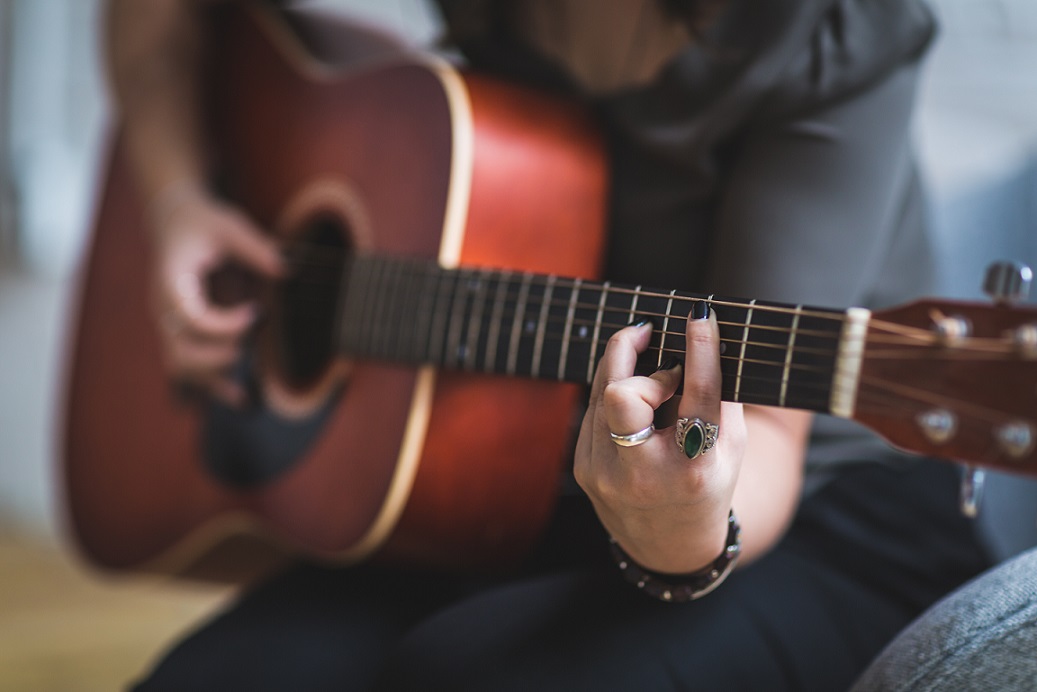
Slow Down
by Jamey Mann, Catoctin School of Music
Something I say several times a day to students is please slow down. Students playing too fast is an issue students of all abilities must work on. Many listen to their favorite songs or artist and are eager to play just as fast as them. In addition, students may have difficulty recognizing the piece or song they are playing at a slower tempo which is frustrating to them.
What students do not realize is they are developing poor practice habits, poor technique, and making mistakes they are not aware of. Students that play too fast do not retain well, once they are finished with the piece, and (if they finish) they will forget it almost immediately.
It takes a decent amount of hard work from the teacher and discipline on the students’ part to practice correctly and effectively. It can take a long time for some students to slow down. I often must reiterate the dangers of playing too fast and the benefits of slow practice. Here are a few.
- Slow down means slow down- Often when a teacher asks a student to slow down, they repeat their music at almost the same tempo. Usually when we say slow down, we are asking the student to slow down by 25% or 50%. Generally, we are doing this so that we can see/hear clearly what is going on with technique. It can be difficult to diagnose a technique problem or mistake when students are playing too fast. It will also be impossible for the student to realize technique issues when playing too fast.
- Learning Mistakes – Students that play too fast often learn mistakes and learn them well. 😊 Wrong notes, distorted rhythms, and other issues are difficult to fix once learned. Students playing too fast often think they are learning music quickly, but really it takes them longer when they must go back and unlearn mistakes.
- Muscle Memory vs. Long Term Memory – Although both must be practiced, students that play too fast are relying on muscle memory to get them through a piece. This is dangerous as it is easy for muscle memory to fail you in performance. The slightest distraction or lack of concentration leads to catastrophic mistakes that are difficult to recover from. If students practice slowly and methodically, paying to attention to form and harmonic progressions, their music is learned more thoroughly with long term memory. This means the student will know how to play the piece long term and makes it easier to recover from mistakes in performance.
- Calms the nerves– Practicing slowly allows for students to take time to realize much about their music and technique they are missing. Students that take the time to practice slowly are often more confident in performances. They know they have learned the piece thoroughly and can easily recover from mistakes. Unfortunately, students that practice too fast realize their mistake before performance as their anxiety will clearly show. They know that they may not know the piece as well as they should, and it manifests as performance anxiety.
In my music education I was taught be able to play my music at half speed blind folded. Of course, I learned this the hard way for years playing too fast and giving performances where I was very anxious and did not play to the best of my ability. Once I learned how to slow down, I found it beneficial, fun, and it made performing far more pleasurable as it boosted my confidence.
